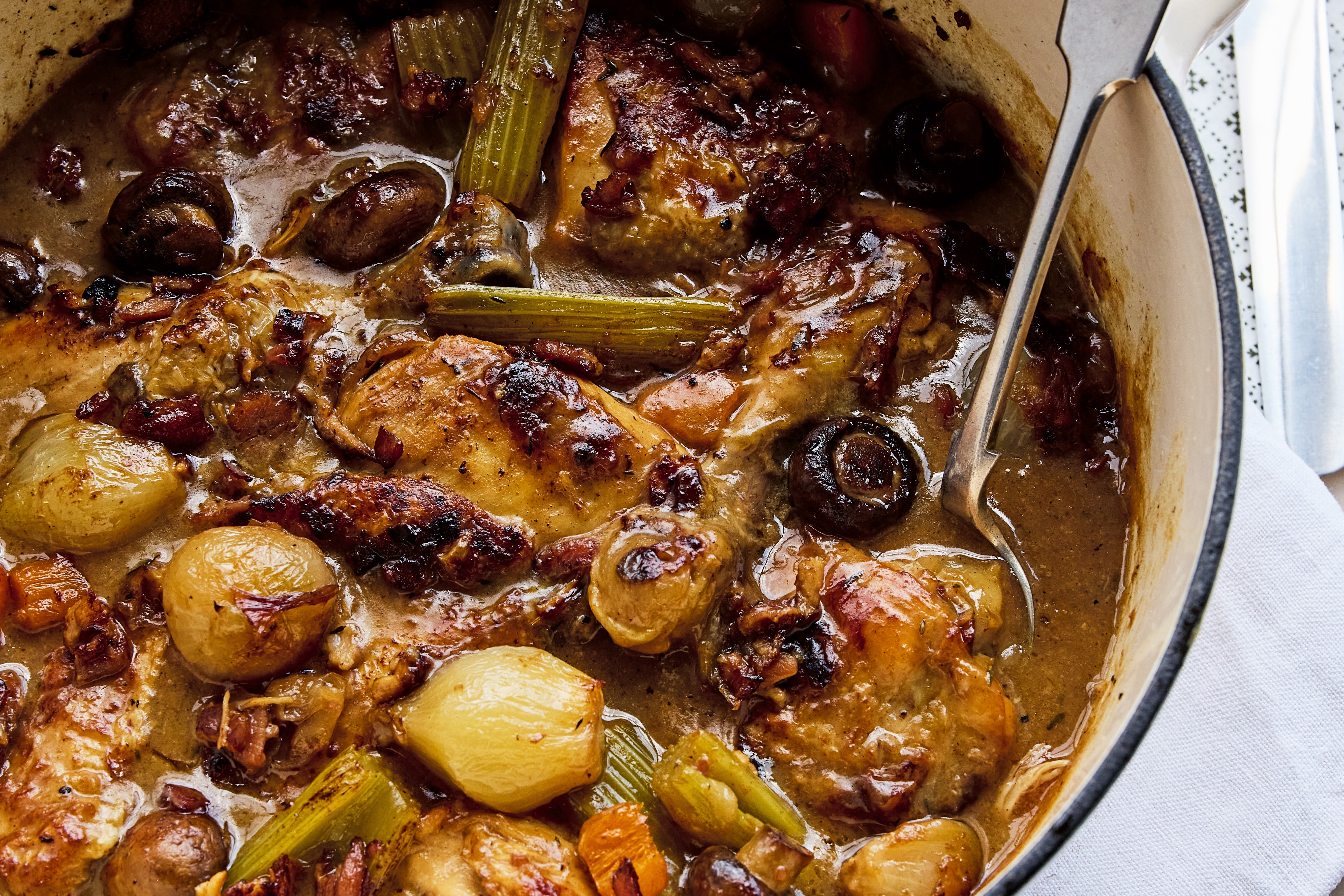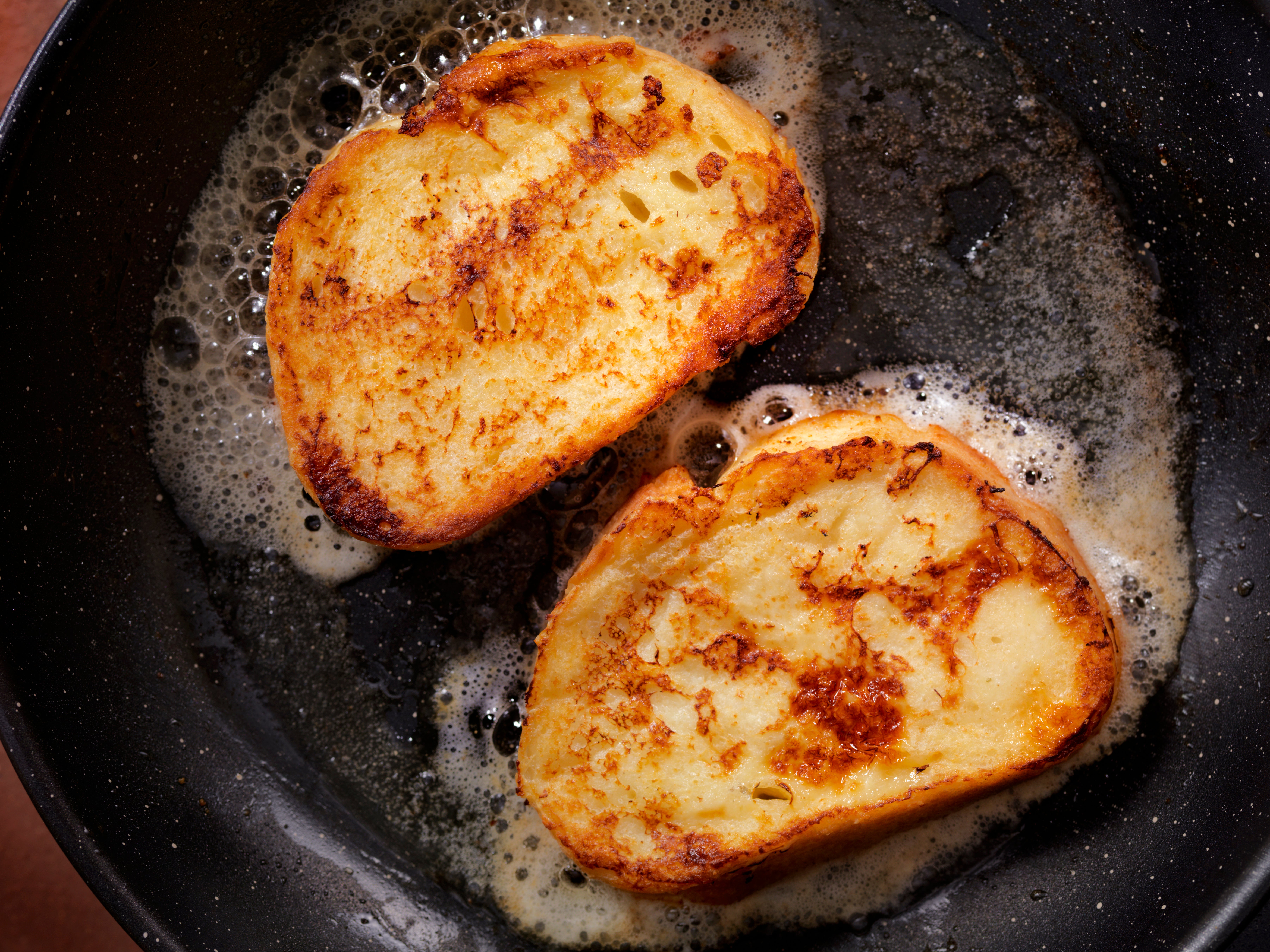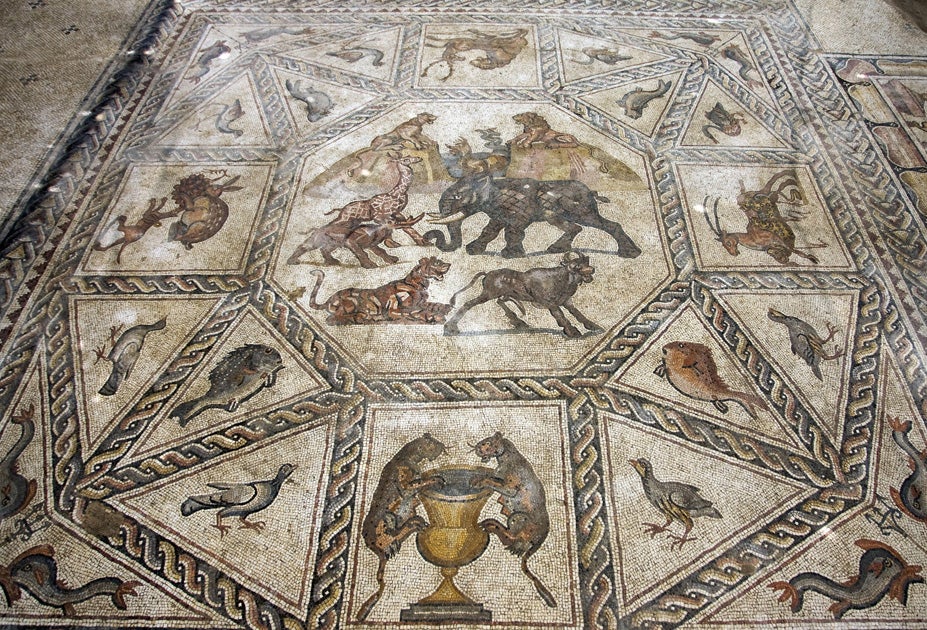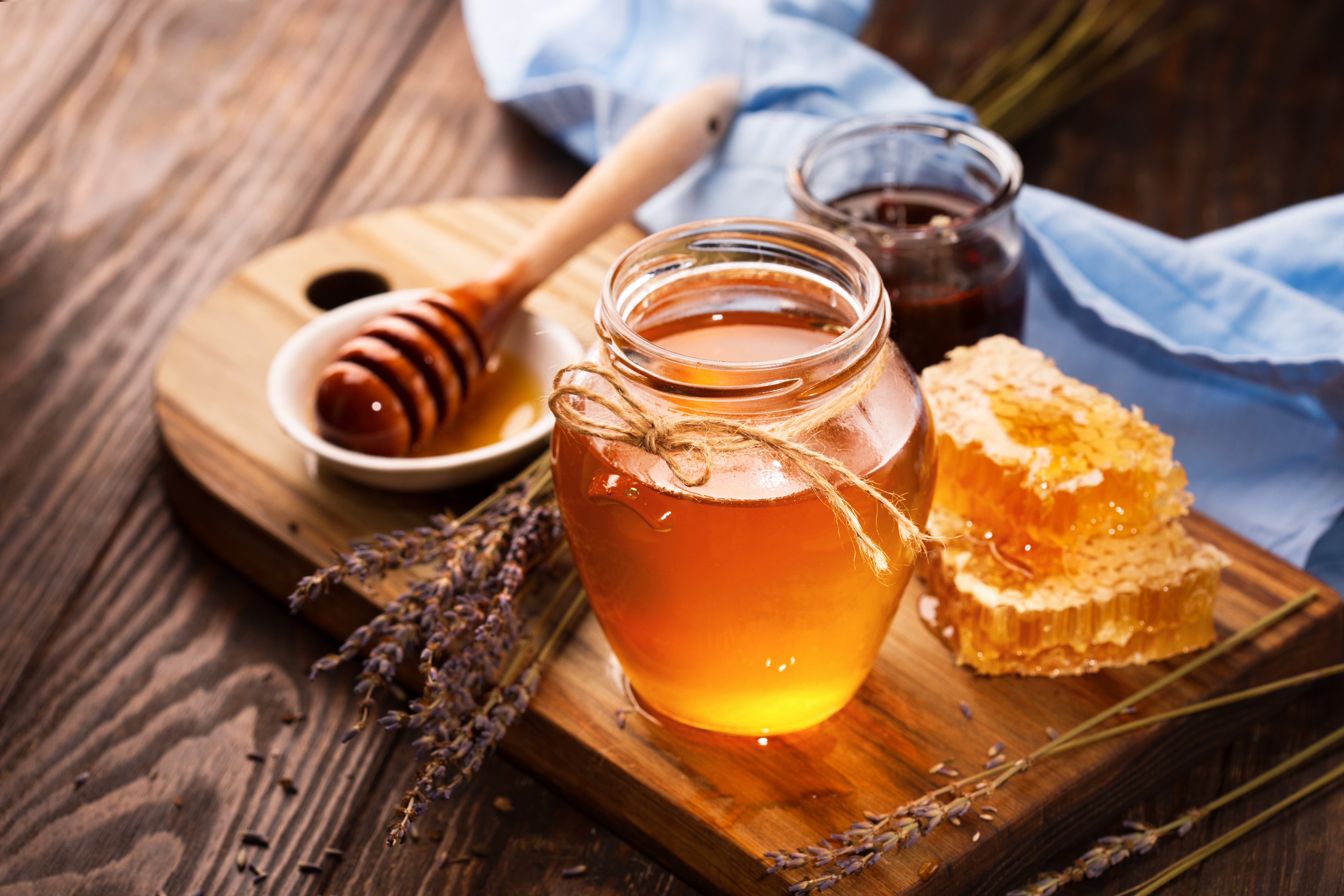ARTICLE AD BOX
Ancient Rome is often seen as synonymous with culinary excess. Images of exotic – even orgiastic – feasts perpetuate its reputation for strangeness and decadence.
It may come as no surprise, therefore, that one of the world’s oldest surviving cookbooks, De Re Coquinaria (On the Topic of Cooking) is ancient Roman.
But while many recipes within this collection may seem strange or extravagant to a modern palate (flamingo braised in vinegar, peacock in a rich, peppery wine sauce, roast parrot …), the work offers more than just glimpses into elite Roman tastes.
Instead, it reveals much about culinary practices, daily diet, and food culture in the ancient world that challenges modern assumptions.
Most recipes in De Re Coquinaria focus on relatively ordinary fare, though often dressed up with sauces and garnishes. Puls, a porridge that was a staple for Rome’s poor, appears several times. Legumes, vegetables, and fish are often preferred over rarer meats.
The book uses costly spices with surprising restraint, advising readers how to stretch the use of an expensive herb called laserpitium (said to have aphrodisiac qualities). Even desserts are nearly absent.

Where De Re Coquinaria appears exotic to modern eyes, it may also reflect unfamiliar ingredients that were common in Rome. Since potatoes, for example, were unknown, cooks instead used chestnuts or colocasia (a relative of taro) in a dish that called for starch. Similarly, flavour enhancers came not from refined MSG, but from garum, a fermented fish sauce similar to that still found in Southeast Asian cuisines.
And while its recipe for dormouse (stuffed with pork mince, nuts and herbs, then roasted) may seem odd at first sight, it is hardly unique. Similar rodents are found in Slovenian and Peruvian dishes even today.
In fact, much of the cooking the book describes feels surprisingly familiar. Many flavours and preparations are still recognisable in modern Mediterranean cuisine: pestos, brined olives, fruit preserves, dried fish, cured meats.
As translator Joseph Dommers Vehling notes, precursors to contemporary dishes appear throughout – from amulum (a roux-like base) to sauces resembling vinaigrette and bouillabaisse.
The work even includes early versions of coq au vin (though with fish rather than chicken), foie gras (using fig-fattened pig liver), casseroles, pumpkin pie, scrambled eggs (with fish rather than bacon) and French toast, with crustless bread broken into pieces, fried in oil and drizzled in honey.
While De Re Coquinaria often does showcase alien Roman extravagance, its techniques and flavours reveal an unbroken thread from ancient kitchens to modern ones.

Who wrote it?
Unlike the literary works typically associated with antiquity – epics, dramas, and philosophical treatises – De Re Coquinaria is a technical manual divided into 10 books, separated by topic, and containing nearly 500 recipes.
Its authorship is attributed to Marcus Gavius Apicius, a Roman aristocrat who lived during the reign of Tiberius. But the style of its Latin is far too late and inconsistent to be the work of a single writer or even a single period.
Instead, scholars such as Sally Grainger and Christopher Grocock agree the text is more likely a compilation of recipes from both the Greek and Roman traditions, written and revised between the first and 5th centuries AD.
Regardless, the book is closely associated with Apicius, who, while a real historical figure, also became a kind of culinary myth. According to Seneca, Apicius squandered a fortune of 100 million sesterces (approximately US$1.09 billion today) on his lavish dining habits. When only 10 million sesterces remained – an amount he deemed insufficient to sustain his extravagant tastes – he chose suicide by poison rather than endure a simpler diet.
Whether true or not, many stories like this circulated in the ancient world. Indeed, the Alexandrian author Apion purportedly wrote an entire work critiquing Roman culinary excesses called On the Luxury of Apicius. Just as today we might call a food lover an “Epicurean”, indulgent recipes in De Re Coquinaria are named after famous Roman gourmands – including a few dishes labelled “Apician”.

Even the ancients likely knew many – if not all – of the recipes were not the work of Apicius. Nevertheless, attaching his name to a cookbook lent it prestige, perhaps ensuring its survival through the Dark Ages.
While the oldest surviving manuscripts of this cookbook date to the 9th century, the book’s popularity ebbed and flowed through the Middle Ages and Renaissance, influencing culinary writing up to the first printed cookbook, Bartolomeo Platina’s On Honest Pleasure and Good Health (1474). By the Enlightenment, however, De Re Coquinaria had faded from practical use, becoming little more than a historical curiosity.
As a result, it was not fully translated into English until 1936. Even today, it remains largely overlooked, except by those seeking obscure examples of Rome’s culinary eccentricities.
The world’s first?
Despite its influence and reputation, calling De Re Coquinaria the world’s first cookbook is not entirely accurate. Food was a frequent topic in ancient literature, and earlier culinary texts are known.
The oldest existing collection of recipes comes from the Yale Babylonian Cooking Tablets, dating to around 1700 BC – though they contain only 25 stew recipes.
Likewise, among the many Greek food writers, Archestratus, a 4th-century BC poet and philosopher, wrote what is often considered the first treatise on gastronomy, although only fragments survive, and it is not technically a cookbook.
Beyond the Mediterranean, several texts either predate or parallel De Re Coquinaria. In China, for example, the now-lost Shíjīng (食经, Book of Foods) was compiled during the Western Han dynasty, while the Shízhēnlù (食珍录, Record of Rare Delicacies) survives from the 5th century AD.
Even in Rome itself, many authors wrote about food prior to De Re Coquinaria. Writers such as Cato the Elder, Pliny the Elder, and Columella included recipes and practical culinary advice in their works. De Re Coquinaria’s format as a technical handbook was likewise typical of a trend in the 4th-5th centuries AD, when a number of other technical manuals were also written.

So if De Re Coquinaria was not written by Apicius, is not truly the first cookbook, and reflects the broader literary trends of its time, what is its value to a modern audience?
The answer lies in the recipes themselves: for within them, modern readers gain a rare window into the spectrum of foods that formed the real diet of Romans across different social classes.
Practical cookbook or curiosity?
The mixed nature of De Re Coquinaria – with its extravagant dishes alongside humble, practical advice – makes its intended audience hard to pinpoint. Bruno Laurioux, a medieval historian, argues that, given its lack of precise quantities or cooking instructions, it could not have been a practical manual, but instead was a symbolic artefact of Roman luxury.
This, however, overlooks a key detail: the text’s terse, prescriptive language more readily suggests it was written for professionals who needed no explanation of basic techniques.
For example the recipe for sow’s udder reads hardly more than a list of ingredients:
Sterile sow’s womb (also udder and belly) is prepared in this manner: take laserpitium from Cyrene or Parthia, vinegar and broth.
Even a longer recipe, such as that for an “Apician Jelly” (strikingly similar to the savoury gelatin salads popular in the 1950s), lacks basic cooking times, temperatures, and methods:
Put in the mortar celery seed, dry pennyroyal, dry mint, ginger, fresh coriander, seedless raisens, honey, vinegar, oil and wine; crush it together [in order to make a dressing of it]. [Now] place 3 pieces of Picentian bread in a mould, interlined with pieces of [cooked] chicken, [cooked] sweetbreads of calf or lamb, cheese, pignolia nuts, cucumbers [pickels] finely chopped dry onions [shallots] covering the whole with [jellified] broth. Bury the mould in snow up to the rim; [unmould] sprinkle [with the above dressing] and serve.

Unlike modern cookbooks aimed at home cooks, De Re Coquinaria assumes fluency in the kitchen. This suggests it was designed for chefs in affluent households or commercial kitchens such as taverns and inns.
There are practical tips, such as masking the taste of spoiled broth and elevating or disguising cheap ingredients. Such inclusions reveal a tension between aspiration and practicality, spectacle and sustenance, which is still ubiquitous in cooking media.
In an era without refrigeration, food preservation was an important topic. There are many descriptions such as this: “Cover fresh meat with honey, suspend it in a vessel. Use as needed; in winter it will keep but in summer it will last only a few days. Cooked meat may be treated likewise.”
Even when food had spoiled, the work contains practical (albeit somewhat unscupulous) advice: “How bad honey may be turned into a saleable article is to mix one part of the spoiled honey with two parts of good honey.”
This book allows modern readers to connect with ancient Rome on a tangible, human level.
Much of the modern perception of ancient culinary practices has been formed by its depictions in other ancient writings, mostly imbued with either moral philosophy or social satire. Philosophers such as Plato and Seneca employed food as a metaphor for human attachment to physical pleasure. Satirists such as Martial, Juvenal, and Petronius used food to represent the decadent excesses of a corrupt upper class.
Most modern media descriptions of Rome depict it as a place of grotesque sexual and culinary excesses. Yet such reports reflect exaggerated literary moralising about an elite few rather than broader reality.
There is a much longer Roman tradition of relative temperance forced upon them by the harsh realities of the ancient world. De Re Coquinaria thus presents the most unbiased view of ancient dining habits to have survived into modern times.
This is a practical, working document, valuable not because it was first, nor because of its recipes for ostrich and brain sausage. Through food, we can glimpse the textures of lived experience. In the recipes of De Re Coquinaria, we encounter not just a distant past, but a deeply familiar one.
Christopher D Parkinson is a PhD Candidate in Classics at the University of Melbourne
This article was originally published by The Conversation and is republished under a Creative Commons licence. Read the original article









 English (US) ·
English (US) ·